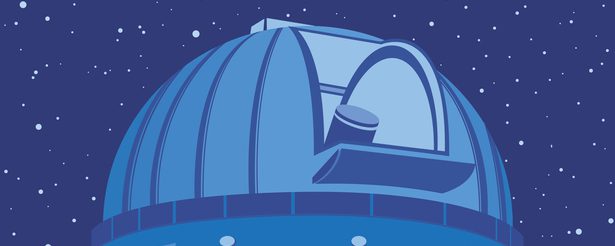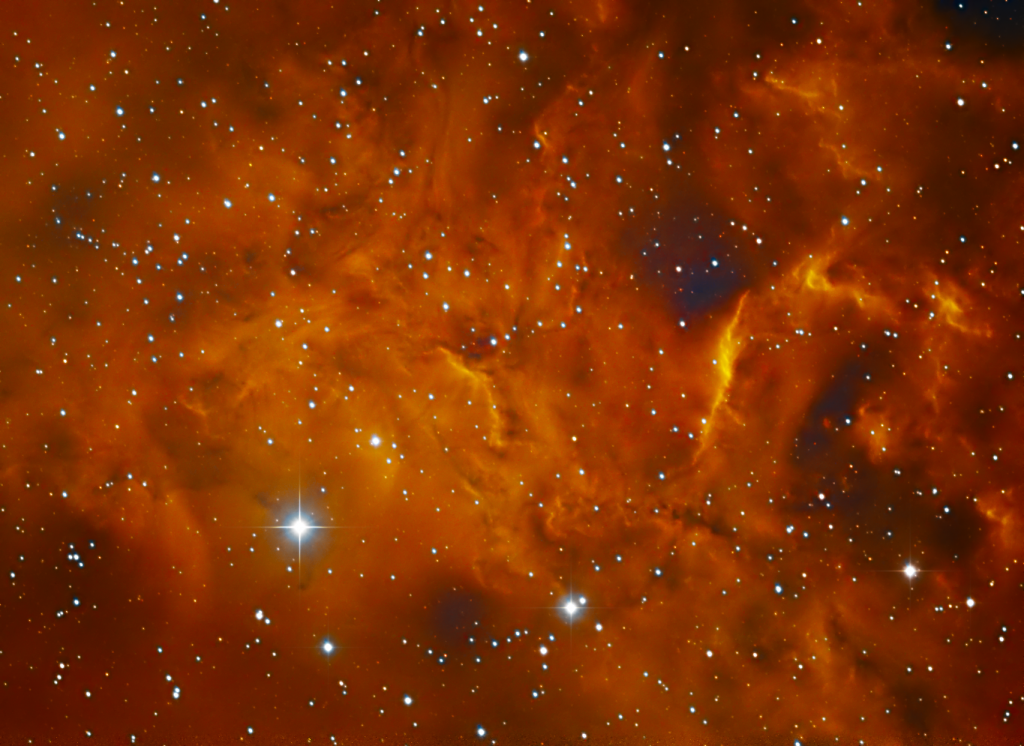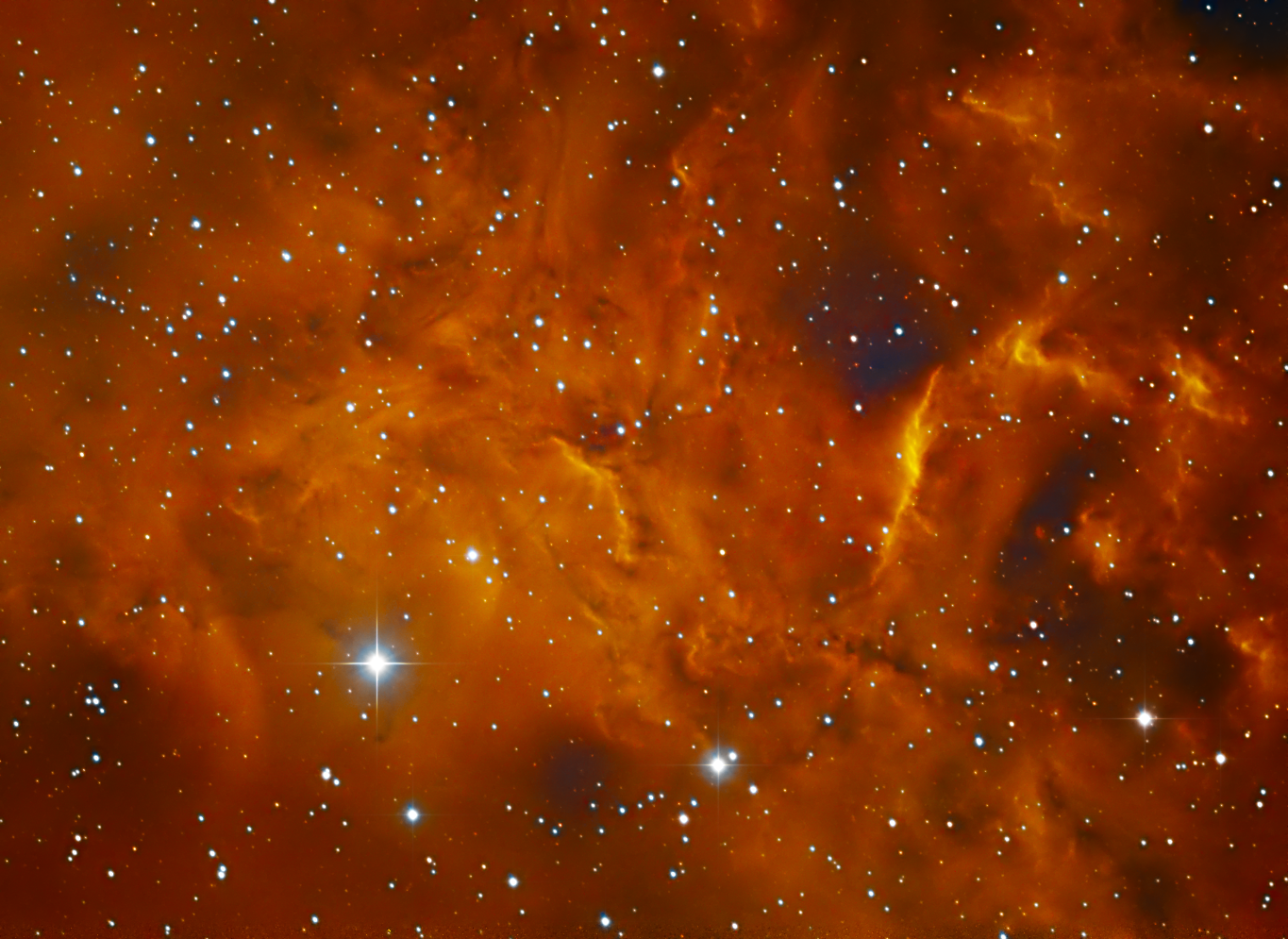
Similar Posts
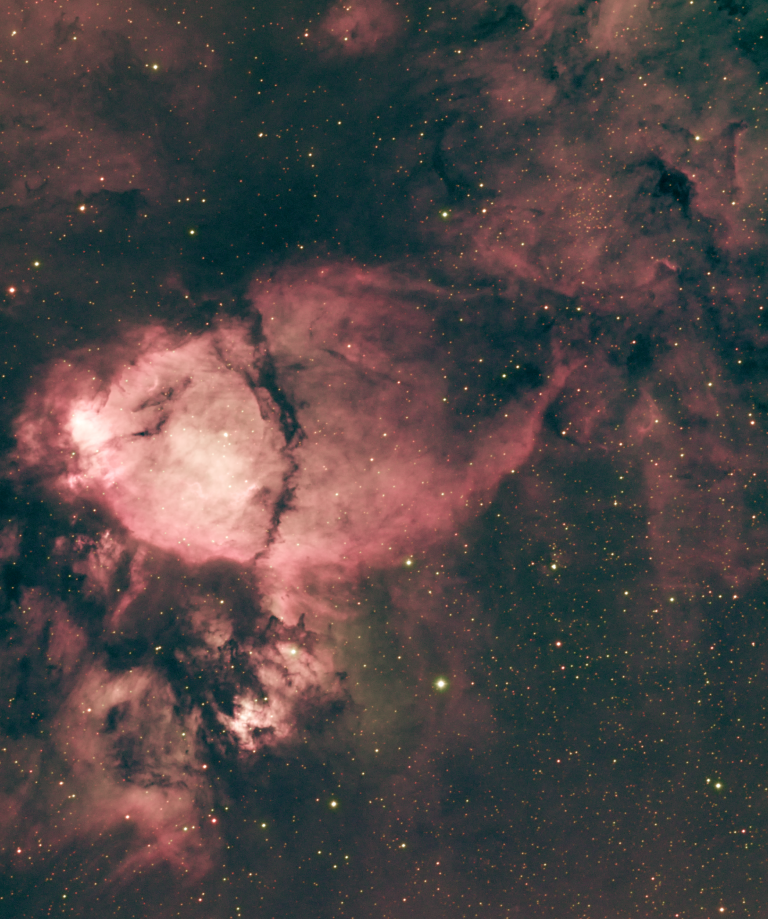
The “Fish-Head Nebula”
It’s really just a small portion of the Heart Nebula… that kinda looks like a fish. Maybe not the prettiest object in the cosmos, but it reflects a few technical accomplishments for me. About 20 hours of exposure time in total on this. Below I’m presenting it in a false-color “Hubble Palette”, as well as…
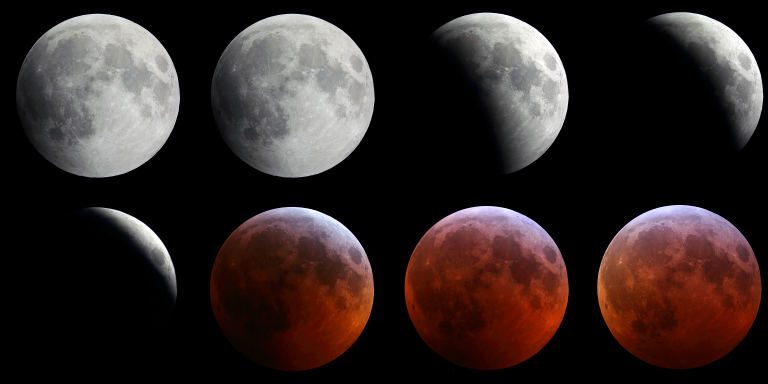
Lunar Eclipse Jan 2019
A progression of photos taken at 15-minute intervals from 10:30 PM to 12:15 AM on the evening of Jan 20-21, 2019. Click to zoom in – there’s a lot of detail!
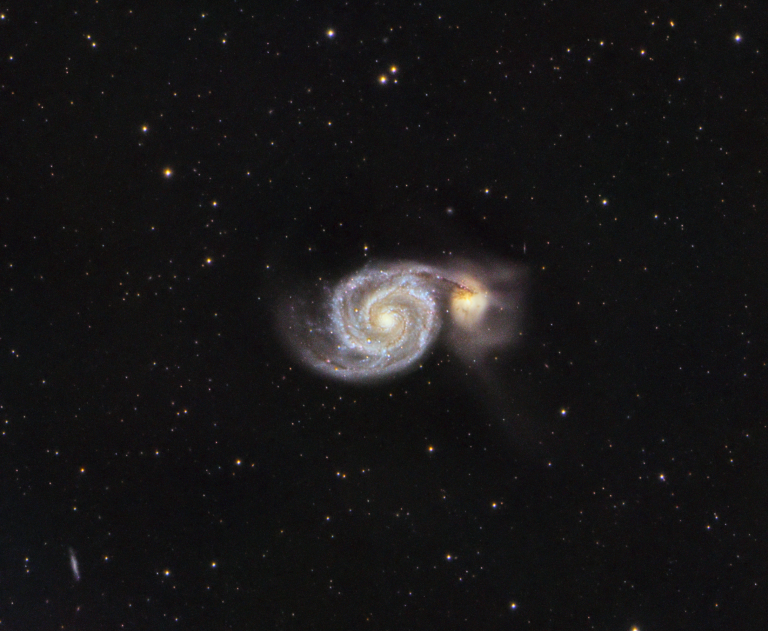
M51, the Whirlpool Galaxy – Another year, another try
Every year I image the “Whirlpool Galaxy” (really a pair of galaxies interacting with each other,) and every year it gets a little bit better. This year it was shot from our new observatory, on a newly-tuned mount and with some more image processing experience under my belt. It’s also under slightly darker skies, which…
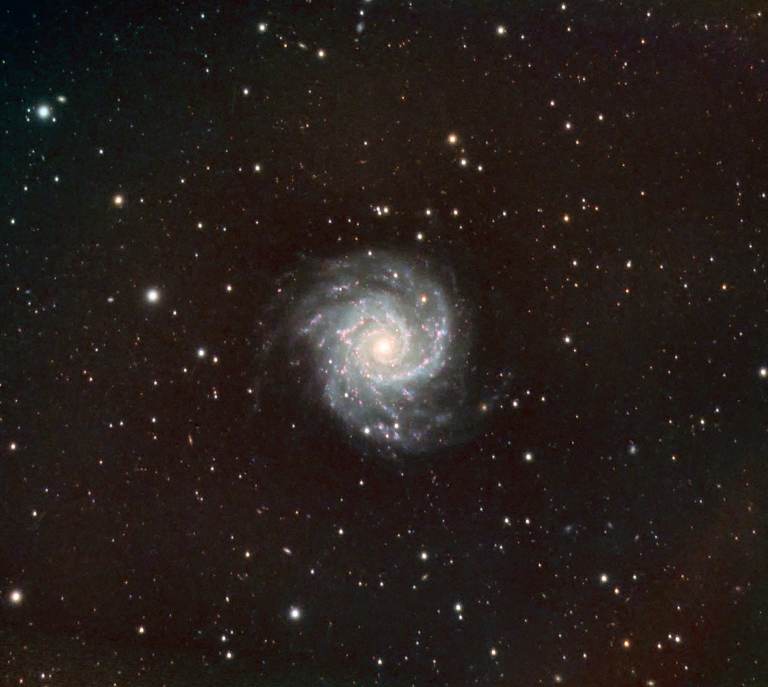
M74 – A galaxy far far away.
This galaxy is only known as M74. At 32 million light-years away, it’s about as far as you can get for a halfway decent image taken from Earth. It is a “grand design” face-on spiral galaxy. Look closely and you’ll see a few more galaxies in the background that are much more distant, and therefore…
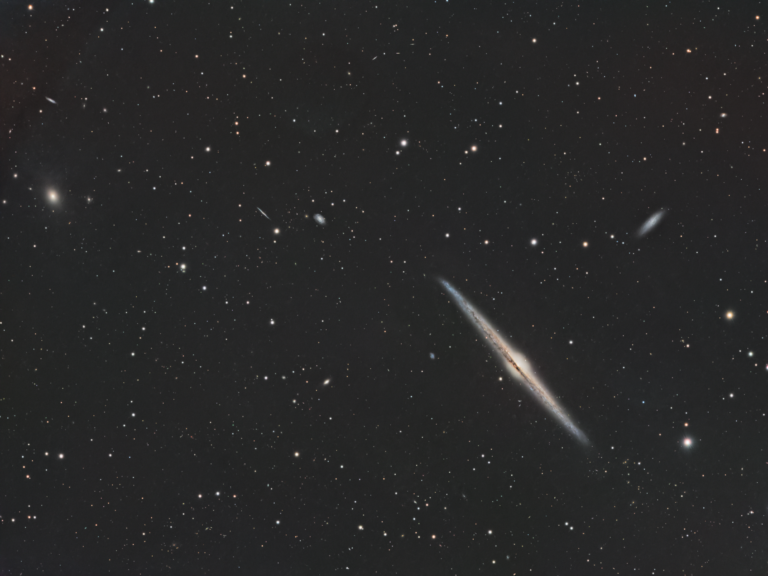
Revisiting the Needle Galaxy
This edge-on spiral is around 40 million light-years away within the constellation Coma Berenices. Lots of satellite and background galaxies to explore around it! Zoom in, and travel back in time – hundreds of millions of years.
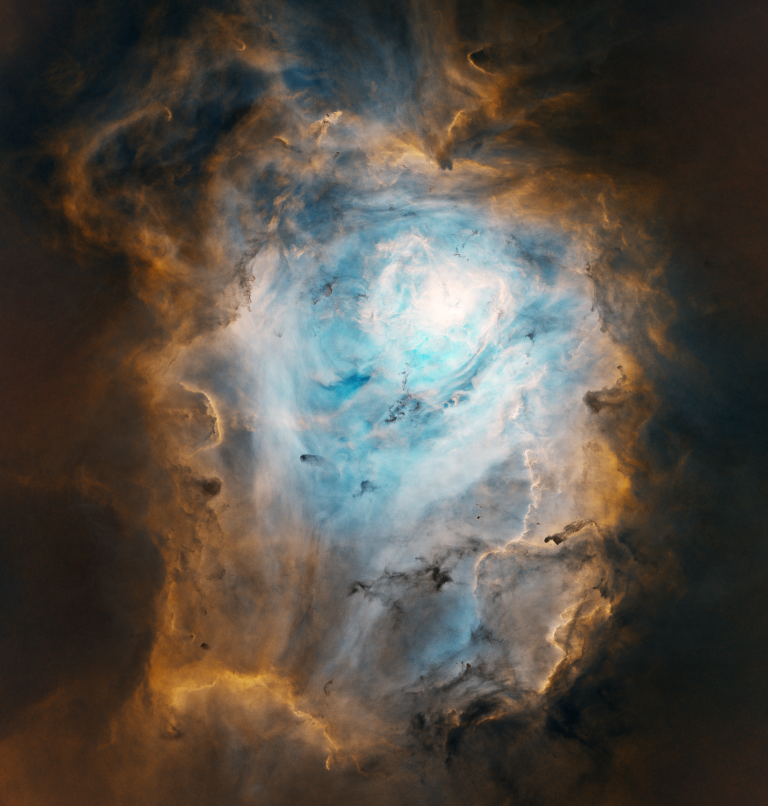
The Lagoon Nebula (M8)
This is a bright, popular nebula deep within the summer Milky Way… but it’s low in the sky, and this is the first time I’ve been able to capture it above the trees. Still, short summer nights and cloudy summer weather present its challenges. Shown processed in the “Hubble palette” and an approximation of its…
